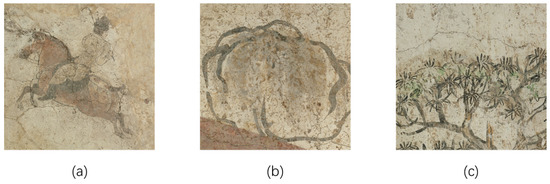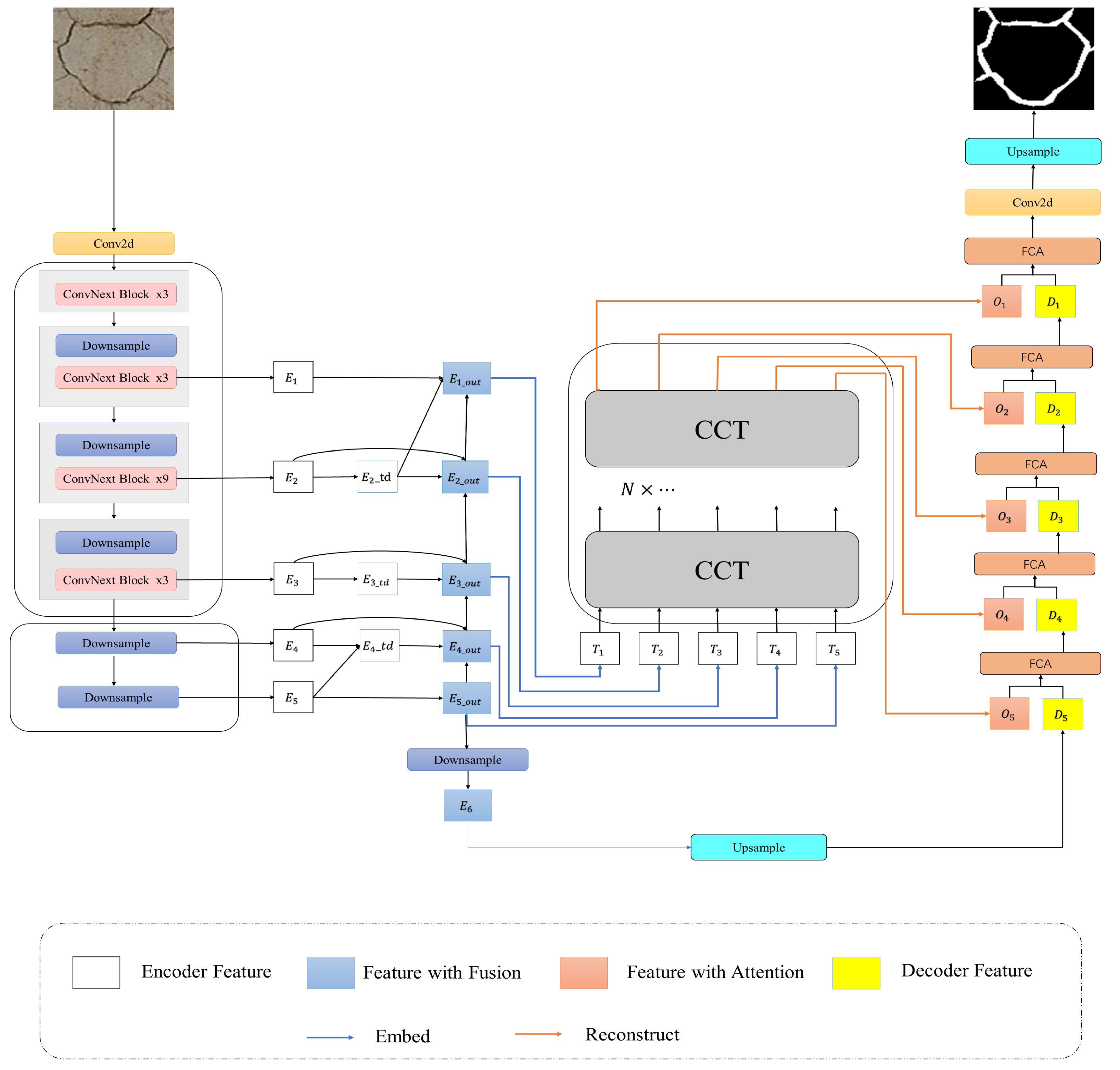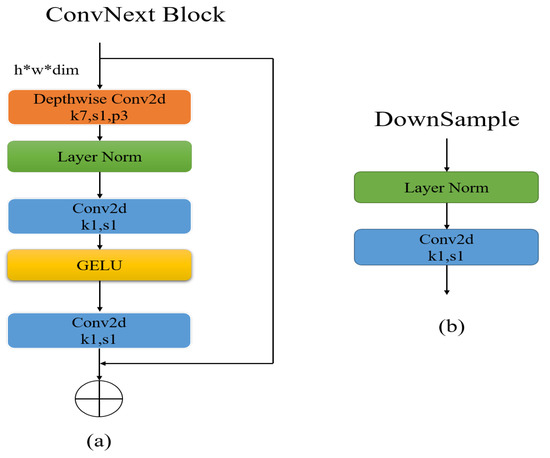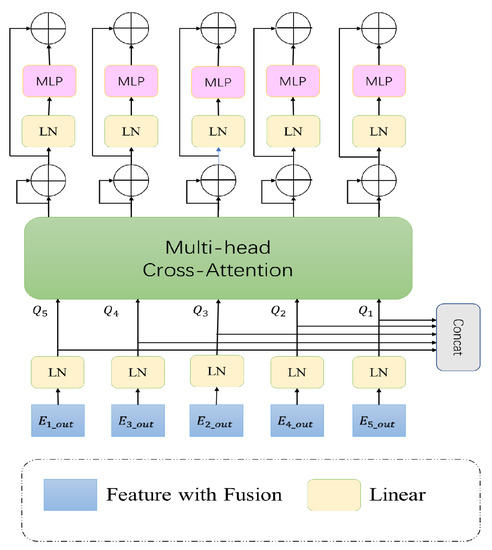You're using an outdated browser. Please upgrade to a modern browser for the best experience.

Submitted Successfully!
Thank you for your contribution! You can also upload a video entry or images related to this topic.
For video creation, please contact our Academic Video Service.
Video Upload Options
We provide professional Academic Video Service to translate complex research into visually appealing presentations. Would you like to try it?
Cite
If you have any further questions, please contact Encyclopedia Editorial Office.
Wu, M.; Jia, M.; Wang, J. TMCrack-Net. Encyclopedia. Available online: https://encyclopedia.pub/entry/34227 (accessed on 21 December 2025).
Wu M, Jia M, Wang J. TMCrack-Net. Encyclopedia. Available at: https://encyclopedia.pub/entry/34227. Accessed December 21, 2025.
Wu, Meng, Min Jia, Jia Wang. "TMCrack-Net" Encyclopedia, https://encyclopedia.pub/entry/34227 (accessed December 21, 2025).
Wu, M., Jia, M., & Wang, J. (2022, November 12). TMCrack-Net. In Encyclopedia. https://encyclopedia.pub/entry/34227
Wu, Meng, et al. "TMCrack-Net." Encyclopedia. Web. 12 November, 2022.
Copy Citation
The detection of crack information is very important in mural conservation. In practice, the number of ancient murals is scarce, and the difficulty of collecting digital information about murals leads to minimal data being collected. Crack information appears in pictures of paintings, which resembles painting traces and is easy to misidentify. However, the current mainstream semantic segmentation networks directly use the features of the backbone network for prediction, which do not fully use the features at different scales and ignore the differences between the decoder and encoder features. A new U-shaped convolutional neural network with feature pyramids and a transformer called TMCrack-net is proposed.
murals
crack segmentation
U-Net
BiFPN
FCA
1. Introduction
Ancient murals are regarded as valuable cultural heritage, reflecting the social landscape of the times they are from. They provide a valuable basis for studying ancient cultures because of their scientific, historical, and humanistic value. However, under the influence of natural and artificial factors, many murals [1] have suffered from problems such as cracks, puckering, and scratches, which weaken the information expression of frescoes and are not conducive to preserving history and culture, or the transmission of the art.
Screen cleaning, reinforcement, paper, cloth stickers, disease analysis, expert evaluation, and disease labeling [2] are all involved in the manual disease labeling of ancient murals. A manual method will not only cause secondary damage to the murals but will also be very inefficient. Therefore, image processing technology must be introduced to help heritage conservationists protect murals.
Accurate segmentation of cracks in mural images is challenging, and mural paintings have complex background structures. The painting of the polo picture in the tomb of Prince Zhang Huai in Tang Dynasty is rich in content; the painting has different backgrounds of people, horses, trees among mountains and rocks; and the complex image content increases the difficulty of crack recognition. Cracked images are shown in Figure 1.

Figure 1. Feature network design: (a) person and horse; (b) stone; (c) trees.
Among the crack detection algorithms of traditional image processing, Hou proposed a K-means Sobel algorithm to extract the disease edges of murals. Two evaluation [3] criteria were given for the specificity of murals: disease recognition rate and edge continuity. Subsequently, his team [4] used geographic information system technology (GIS) to produce high-precision digital orthophoto maps (DOM) of murals, establish a spatial database of diseases, obtain disease maps and trend maps, obtain the locations and severity of diseases through spatial analysis and spatial statistics, and use decision trees to classify disease classes. Gancarczyk [5] applied data mining techniques to image segmentation techniques to extract crack information with unsatisfactory results. Cornelis [6] proposed a multi-scale high-hat transform and K-SVD method and a post-processing method based on semi-supervised clustering to eliminate mislabeling, and weighted fusion of the three methods was performed to calibrate crack information of different sizes and brightnesses. Two types of methods are described below: (1) manual depiction using GIS software; (2) image processing using edge detection and multivariate filtering. Though both methods involve non-contact extraction, they are mostly human–computer interactions and semi-automatic methods requiring improved accuracy.
With the development of computational vision and deep learning, different neural networks are used for mural painting disease detection. Lin [7] used hyperspectral images for disease region identification, using minimum noise fraction (MNF) to focus on different bands and reduce the effect of noise on the data. The mural images were classified into several types of damaged areas and normal areas by back propagation (BP) neural network. Yu [8] used a U-Net network with multi-scale details to detect paint peeling disease in mural paintings of Fengguo Temple of Liao Dynasty in Yi County, Jinzhou City, China. The shallow features of the wall paintings were injected into different stages of the encoder to obtain detailed information about the paint peeling disease, and attention mechanisms were added to suppress invalid features in the encoding stage. Wu [9] proposed the Ghost-C3SE YOLOv5 network to detect the damage to cave murals. The YOLOv5 network structure was adjusted to reduce the dimensionality of the convolutional layers. An attention mechanism was added to the backbone network to adjust the importance of different feature channels.
Different CNN models are used in crack segmentation methods. The effectiveness of CNNs in crack segmentation has been demonstrated in a large number of experiments.
2. Feature Pyramid
Multi-scale images are one of the most challenging aspects of computer vision, and most networks directly use the features extracted from the backbone network to predict the target. This pioneering work [10] proposed a top-down approach to multi-scale features using the feature pyramid network (FPN). Following this idea, PANet [11] adds a bottom-up path aggregation network on top of FPN to further exploit the different information between the bottom and top-level features. NAS-FPN [12] uses neural architecture searching to design feature network topologies automatically but requires thousands of hours of GPU time and makes it difficult to interpret the network structure. BiFPN [13] adds a bi-directional scale join based on removing nodes with only one input edge and adding a residual structure to join the original junction and the output node. Each of the four network structures is shown in Figure 2.

Figure 2. Feature network design. (a) FPN builds top-down networks with lateral connections to fuse detailed and semantic information (P3-P7); (b) PANET adds bottom-up paths to FPN to build a bidirectional fusion backbone network; (c) NAS-FPN uses neural architecture searching to find the most suitable feature network structure for the backbone network; (d) BiFPN, based on bidirectional scale linking, removes nodes with only one input edge and adds a residual structure to link the original junction and the output node.
The fusion of features at different scales achieved good results using all of the methods above, but feature fusion leads to confounding effects [14], along with bias towards local interactions. By combining the CCT module, researchers optimize features across multiple scales after feature fusion to reduce confounding effects and establish long-range dependencies.
3. Vision Transformer
The transformer [15] program has achieved great success in the natural language processing domain, and many researchers have applied the program to tasks related to computer vision. A pure transformer vision model (Vision Transformer, ViT) was proposed by Dosovitskiy [16], which divides, convolves, and spreads images into two-dimensional vectors to solve the transformer’s input problem in the image domain. Liu [17] proposed the Swin-Transformer, which uses a hierarchical construction method similar to that used in convolutional neural networks: chunking the feature maps to reduce computational effort and using spatially shifted bit windows to facilitate information exchange between different windows, thus improving the model’s ability to extract local information. The state-of-the-art level of ImageNet classification is achieved. Inspired by Swin-Transformer, Cao [18] proposed Swin-Unet, the first purely transformer-based U-shaped structure, which uses Swin-Transformer to replace the convolution module in U-Net. Wang [19] proposed UCTransNet, using a CTrans (channel transformer) module instead of skip connections in U-Net. The CTrans module consists of multi-scale channel cross-fusion (called CCT) and channel cross-attention (called CCA). The CCT module performs cross-fusion of multi-scale features through the transformer. The CCA module directs the fusion of the fused multi-scale features with the decoded features through attention.
The Swin-Unet algorithm requires a large amount of data to obtain better performance. It lags behind the convolutional network when small amounts of data are available. UCTransNet directly uses the features of the backbone network as input to the transformer. It does not take full advantage of the underlying detailed information. This entry uses the pure convolutional network ConvNext as the backbone to extract features that better fit small datasets. The information at different scales is better utilized using a feature fusion network.
4. Model Architecture
TMCrack-Net consists of three main modules: (1) Top-down extraction of crack features using the ConvNext network as the backbone of the U-net network. (2) The AG-BiFPN module includes BiFPN and CCT, a feature fusion network, to exploit the multi-scale features of the image better. (3) An attention fusion module to better enhance useful features and suppress invalid ones. Figure 3 shows the TMCrack-Net with BiFPNet, Transforme, and FCA.

Figure 3. Overall model framework of TMCrack-Net.
In this entry, researchers consider the crack segmentation task of mural images as a pixel-level semantic segmentation problem, where 0 represents “background pixels” and 1 represents “crack pixels”. Compared with natural images, the number of mural images is small, and the background information is complex, so the feature extraction ability of the backbone network directly affects the segmentation effect. Researchers' backbone is the ConvNext [20] network proposed by Facebook AI Research and the University of California, Berkeley, which optimizes ResNet to reach the performance limits of pure convolutional models. As a pure convolutional network, it achieves 87.8% TOP-1 accuracy on the ImageNet dataset while maintaining the simplicity and efficiency of standard convolutional networks.
ConvNext consists of downsample blocks and ConvNext blocks, repeatedly stacked. A ConvNext block consists of depthwise convolution, and ordinary Conv is combined, using the GELU function as the activation function. A downsample block consists of layer norm and 2 × 2 convolution. Figure 4 shows the structures of downsample and ConvNeXt blocks.

Figure 4. Feature network design. The * stands for multiplication (a) ConvNeXt block’s structure; (b) downsample structure, where k represents the convolution kernel size, s represents the step size, and p represents the padding.
With the small number of mural images and complex background information, low-level information and high-level semantic information are particularly important for crack segmentation. Using only the backbone network to extract features from the images does not make good use of the channel information at different scales, and a feature fusion network needs to be added to recycle the multi-scale features, but feature fusion confuse the localization of cracks in the images. Attention mechanisms need to be used to optimize the feature pyramid, and using attention computation at each layer of the pyramid is costly. Therefore, researchers introduced the CCT [19] module. By analyzing the information provided by each element layer, CCT can automatically determine the importance of different channels, increase the weights of channels that contribute to segmentation, and suppress channels that do not. Due to the ambiguity between the features of the codecs, in this entry, researchers design an FCA module based on a self-attentive model to filter the channel information and better fuse the features between them.
4. AG-BiFPN Module
UCTransNet demonstrates that not all jump-joins are beneficial for segmentation, and simple replication of features at the encoder stage can be detrimental to feature fusion, so more suitable feature fusion methods are needed to join the encoder and decoder.
In order to better utilize the features extracted from the backbone network, researchers invoke a combination of BiFPN and CCT modules instead of the original hop-join in the U-net. By fusing feature information at different scales through the BiFPN network, the input image retains a richer level of detail contained in the shallow features, better utilizes local information, and focuses on extracting crack details.
BiFPN was proposed by Google Research, based on the bi-directional scale join. It removes the nodes with only one input edge, which do not perform feature fusion and contribute little to the network, and add the residual structure to join the original junction with the output node, which can fuse more features. The BiFPN infrastructure is shown in Figure 2d.
The single-use feature fusion network with only a convolutional structure is biased toward local interaction and brings some confounding effect, which interferes with recognizing cracks. By adding an attention mechanism after BiFPN, as shown in Figure 5, the CCT module can better emphasize the global information and alleviate the confounding effect at each layer of the pyramid.

Figure 5. Structure of the CCT module.
Information
Contributors
MDPI registered users' name will be linked to their SciProfiles pages. To register with us, please refer to https://encyclopedia.pub/register
:
View Times:
860
Revisions:
2 times
(View History)
Update Date:
14 Nov 2022
Notice
You are not a member of the advisory board for this topic. If you want to update advisory board member profile, please contact office@encyclopedia.pub.
OK
Confirm
Only members of the Encyclopedia advisory board for this topic are allowed to note entries. Would you like to become an advisory board member of the Encyclopedia?
Yes
No
${ textCharacter }/${ maxCharacter }
Submit
Cancel
Back
Comments
${ item }
|
More
No more~
There is no comment~
${ textCharacter }/${ maxCharacter }
Submit
Cancel
${ selectedItem.replyTextCharacter }/${ selectedItem.replyMaxCharacter }
Submit
Cancel
Confirm
Are you sure to Delete?
Yes
No




